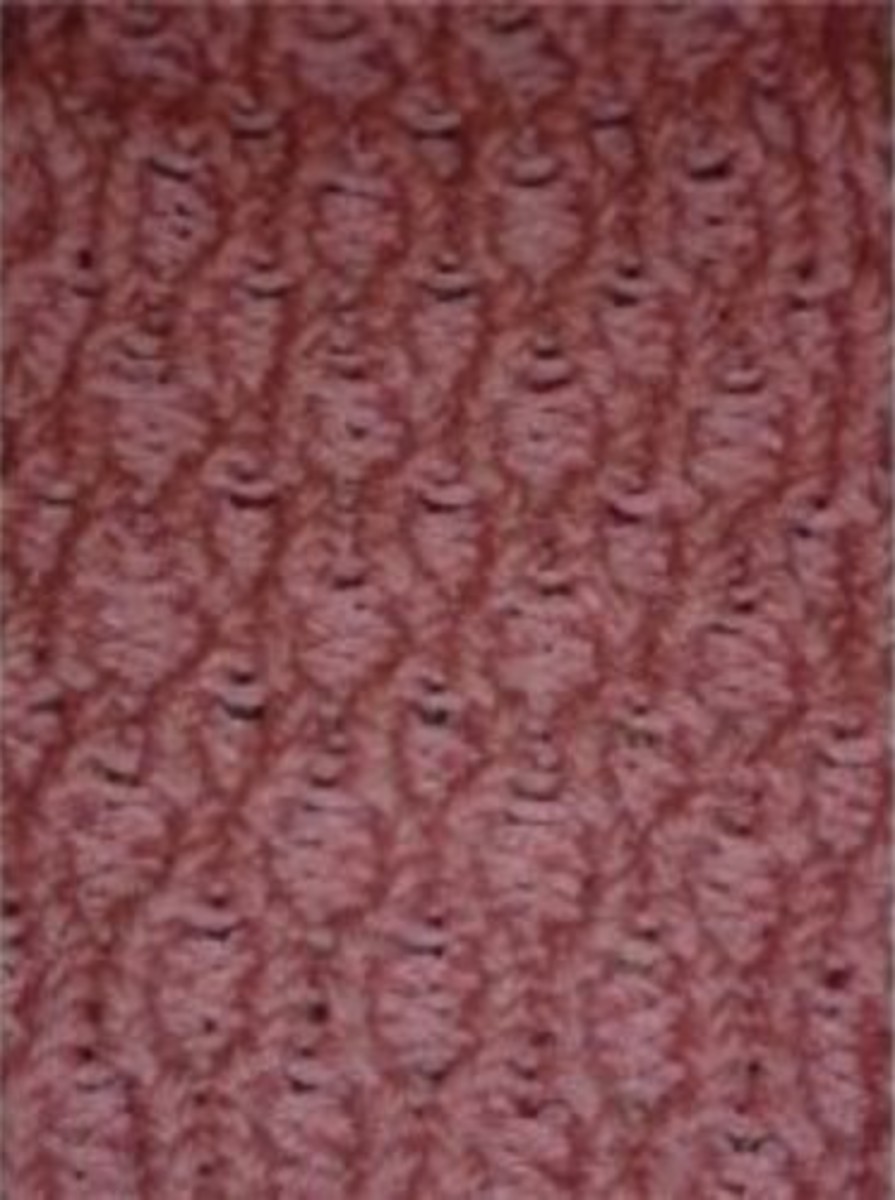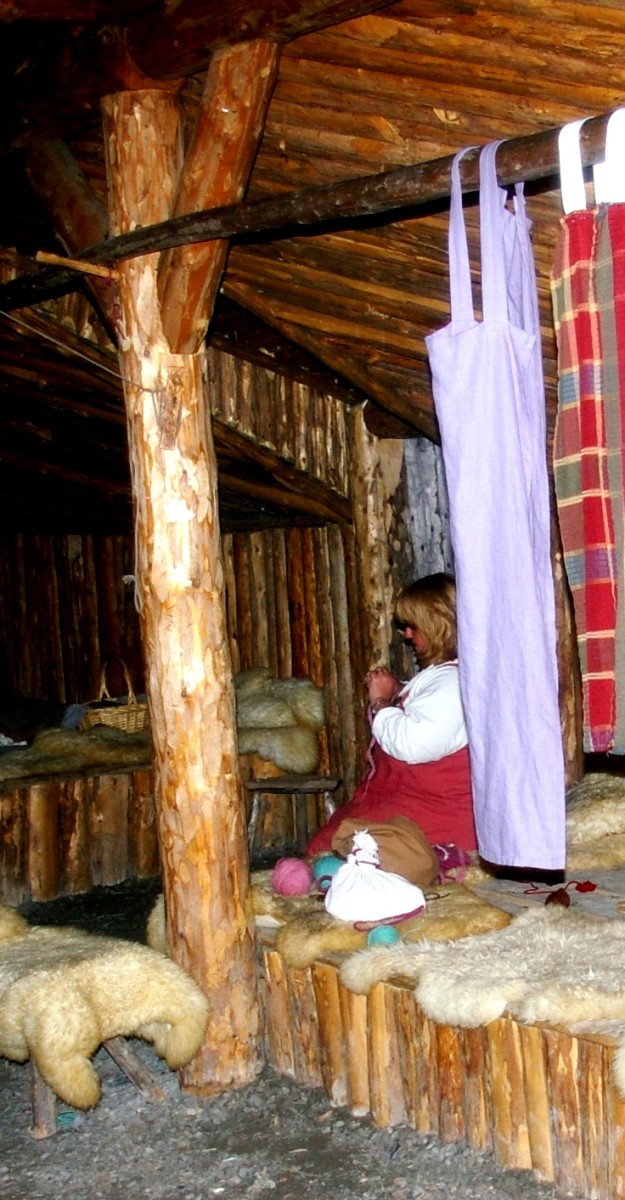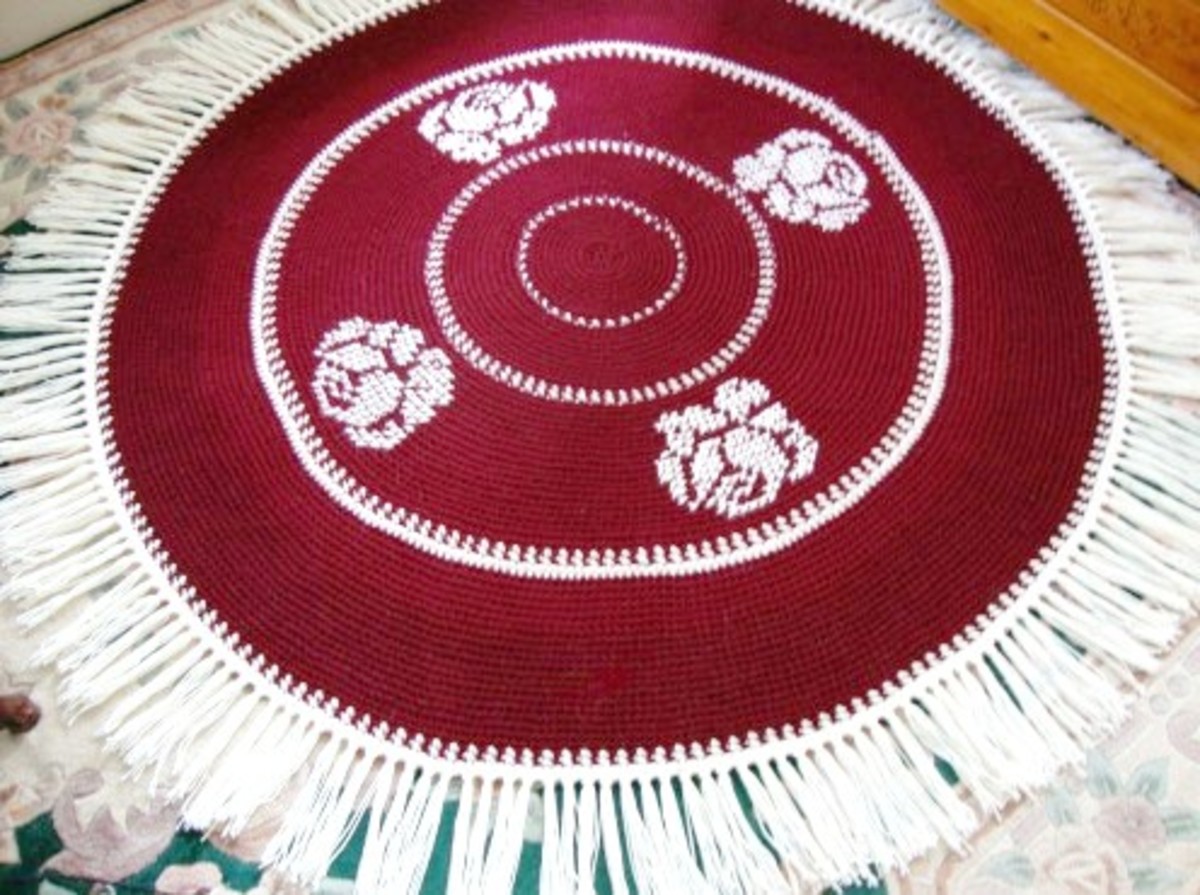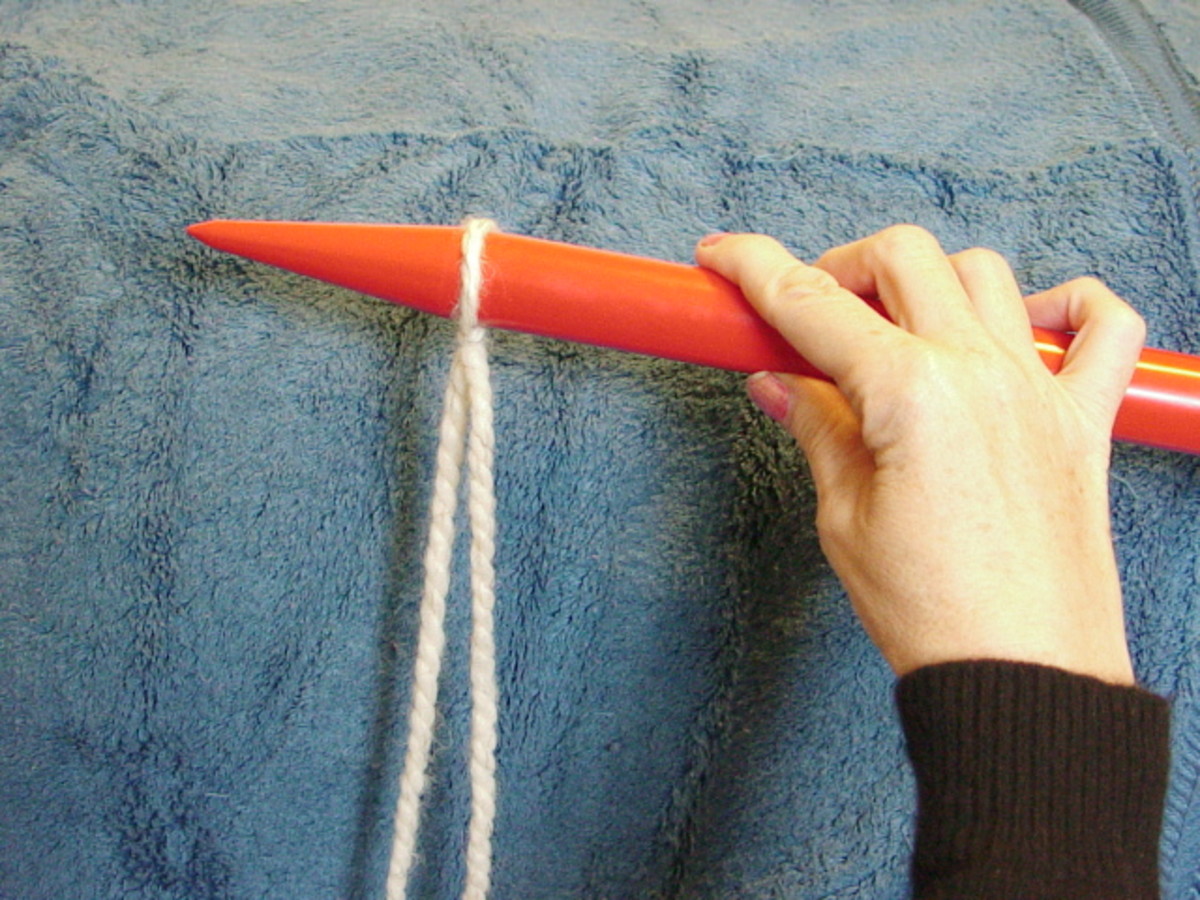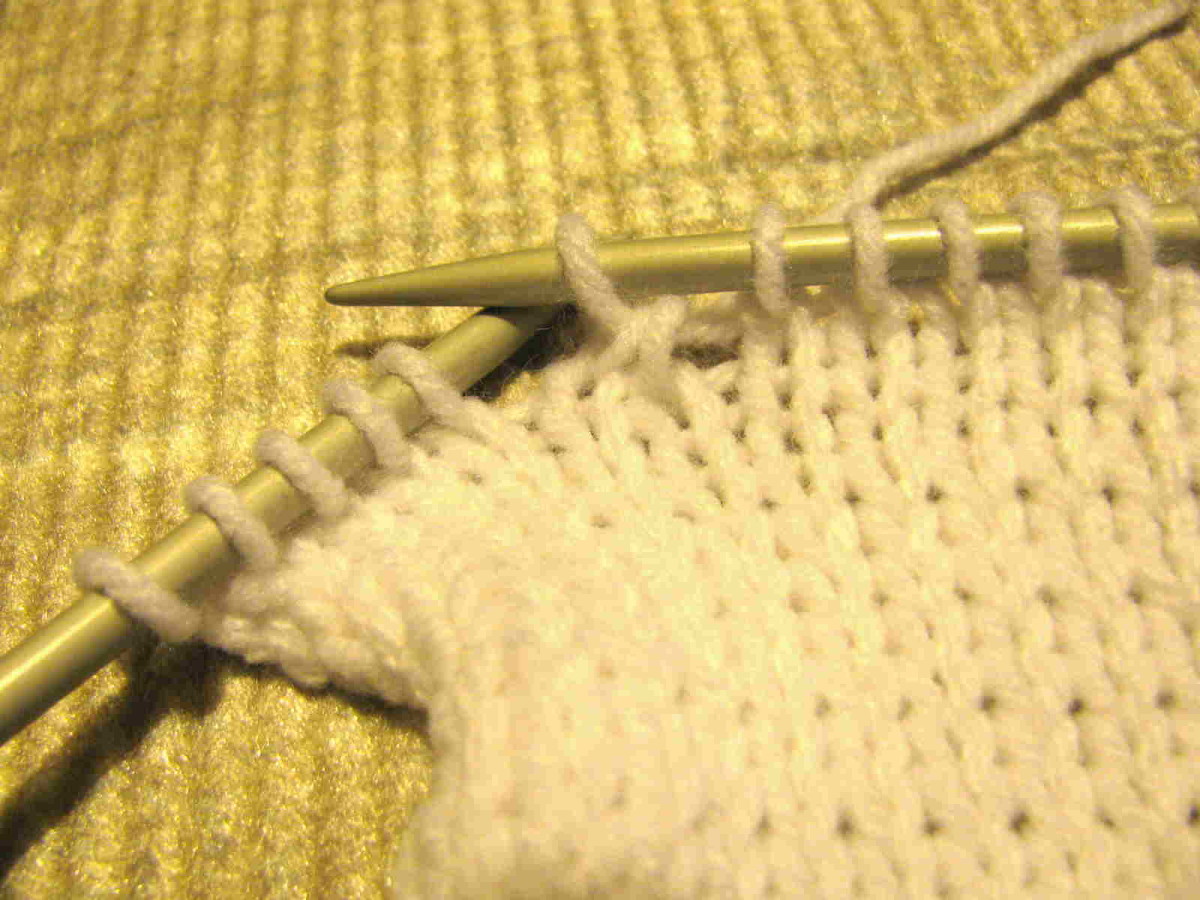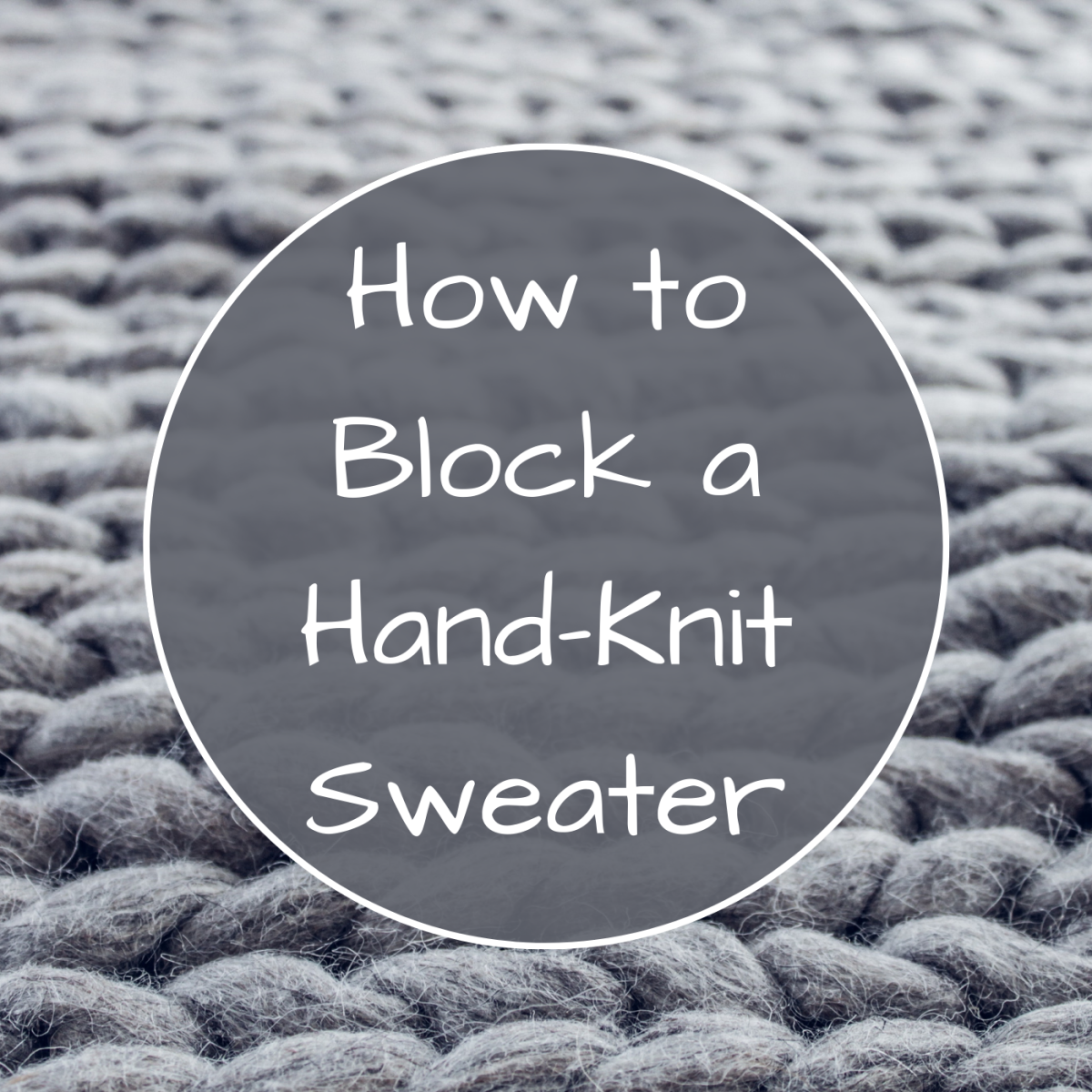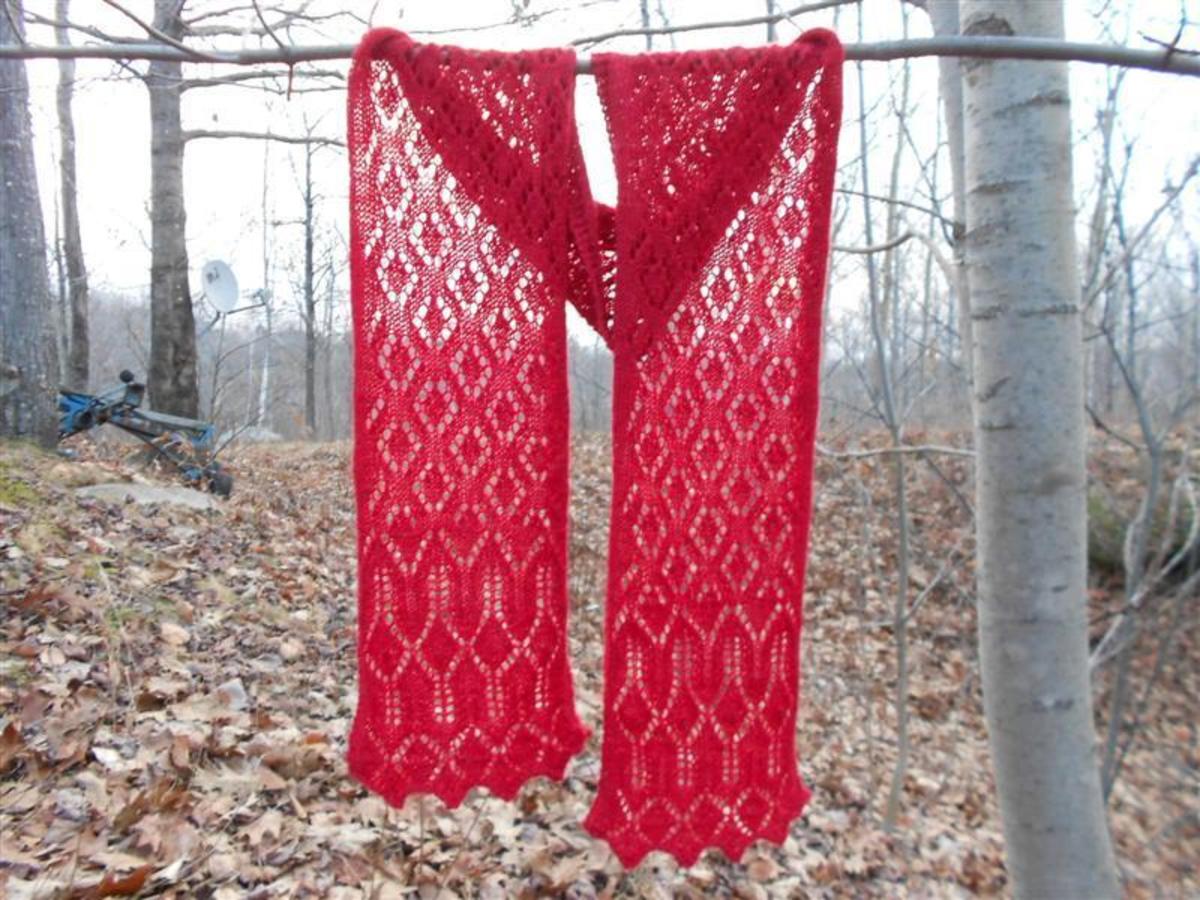- HubPages»
- Arts and Design»
- Crafts & Handiwork»
- Textiles»
- Knitting
How to Add Stitches in Knitting
Add Shape to Your Knitting
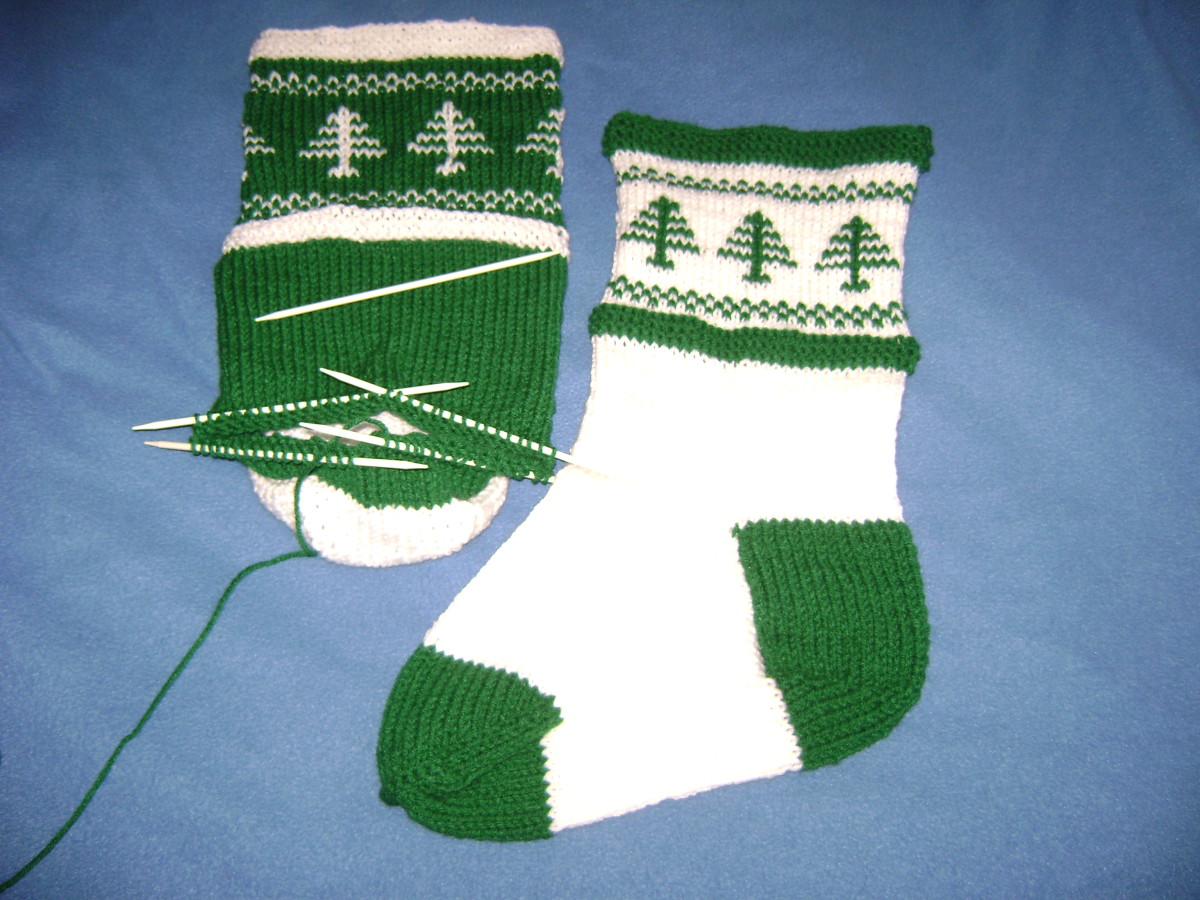
How to Work Increases in Knitting
Increases and decreases are used to shape knitted projects by changing the number of stitches on the needles. Like darts and seams in sewing, knitted increases and decreases turn a flat piece of knitting into a 3-dimensional object that can fit a foot, a leg, or an arm. Let's look at the common methods of increasing the number of stitches while knitting. Each method is preceded by its symbol as it is used in knitting patterns. Instructions are given for right-handed knitters.
k1fb: Knit in both front and back of a stitch. To execute this increase, knit into a stitch as usual but do not slip the old stitch off the left needle yet. Insert the right needle into the back loop of the same stitch, put yarn around needle, and pull through. When the old stitch is slipped off the left needle, there are 2 stitches in its place on the right needle.
p1fb: Purl in both front and back of a stitch. To execute this increase, purl into a stitch as usual but do not slip the old stitch off the left needle. Insert the right needle into the back loop of the same stitch, from left to right, put yarn over needle, and pull through. Slip the old stitch is slipped off the left needle. One stitch has been added. Check out a video of this technique.
m1: Make one is done by using the running thread, which is the horizontal thread between the two needle tips. This increase can be twisted to the left (m1left) or right (m1right):
- m1left : Insert tip of left needle under running thread from front to back. Knit this loop through the back to twist the stitch and avoid creating a hole in the work.
- m1right : Insert tip of left needle under running thread from back to front. Knit this loop through the front to twist it.
Make one increases can also be worked in purl stitch instead of knit stitch. Just substitute purl for knit in the instructions above.
YO: Yarn over increases are not invisible. They create intentional holes in the knitted fabric and are used extensively in lace knitting. To make a yarn over between two knit stitches: k1, bring yarn forward between needles, knit next stitch taking yarn back over right needle. For a yarn over increase between two purl stitches: p1, take yarn back over right needle and forward again between needles, p1.
Cast on at end of row: To suddenly increase a number of stitches at the end of a row, as in adding the stitches for a kimono sleeve to the body of a knitted piece, simply use the backward loop cast-on method after knitting the last stitch of a row. For a more elastic edge, use the knitted cast on in which you knit a stitch into the last stitch of a row, then place the new stitch back on the left needle. Another variation is the cable cast-on, in which a new stitch is made between the last two stitches of a row and that new stitch is slipped back onto the left needle.
Incorporating Increases into Knitted Garments
Knitting patterns will indicate where to make increases, e.g. at the beginning or end of a row. If the type of increase is not specified, you may use any method you like. If a method is specified, assume the designer had a reason for that instruction.
Increase evenly across a row or round: Divide the number of stitches currently on the needles by the number of stitches to be increased. This number is the approximate number of stitches between increases. For example, if there are 50 stitches on the needles and you need to increase by 8, simply work an increase every 6 stitches. Don't worry about the remainder when you divide. Close is good enough in this case. Use the m1 increase for almost invisible increases.
Paired Increases: Paired increases create a symmetric pattern in the garment. These increases may be part of a decorative pattern. You want to pair a right and a left leaning increase. Here are some examples:
Paired increase on a knit row: m1right, k1, m1left,
Paired increase on a purl row: m1left, p1, m1right.
Socks Require Shaping
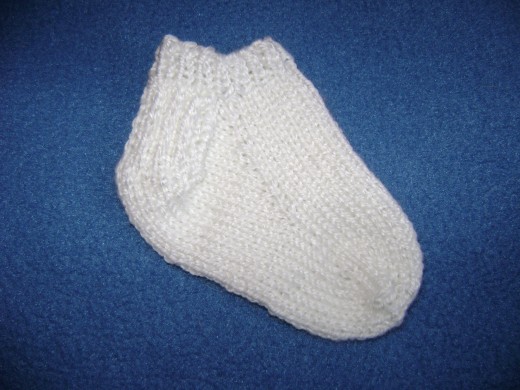
References:
The Knitter's Bible by Claire Crompton, 2004, David & Charles, UK.
The Complete Encyclopecia of Needlework by Terese de Dillmont, 3rd edition, 1996, Running Press, Philadelphia.
Helpful Knitting Links
- Smashwords; Yarn Needs by Liz Cademy
How often have you been in a yarn shop, or at a wool festival and seen the perfect yarn, but didn’t know how much to buy? This ebook contains information to help you buy the right amount of yarn for sweaters, socks, hats, mittens & more. - Knitted Scarves for Everyone: an Ebook by Kimberly Schimmel
Four scarf patterns are presented with simple, illustrated instructions. - Essential Books for Knitting Teachers
I didn't set out to be a knitting teacher. However, if you knit enough in public, someone will ask you to teach them. - My Favorite Knitting Needles
Using the right needles for a project can mean the difference between relaxation and aggravation. - Knitting Increases | KnittingHelp.com
Learn both knit and purl increases and decreases with instructional videos. - Knitting Videos | The Knitting Site
Free knitting videos demonstrate all the basic knitting skills.

